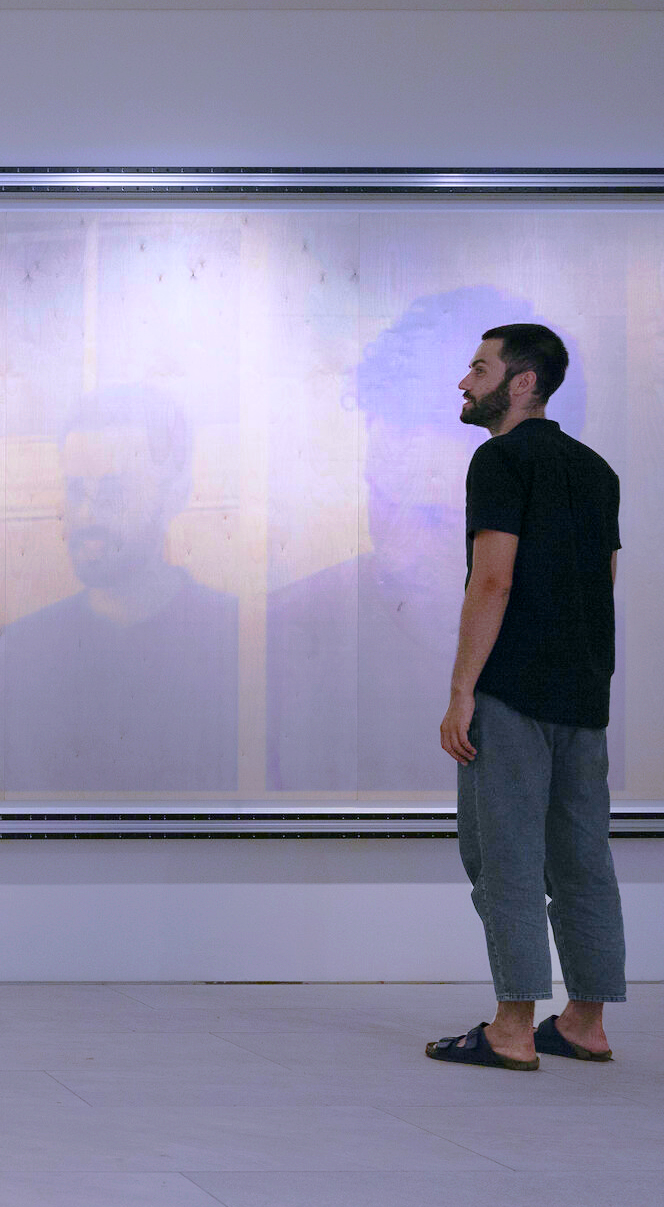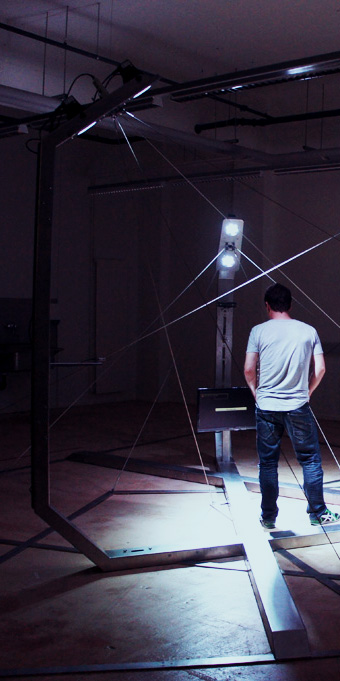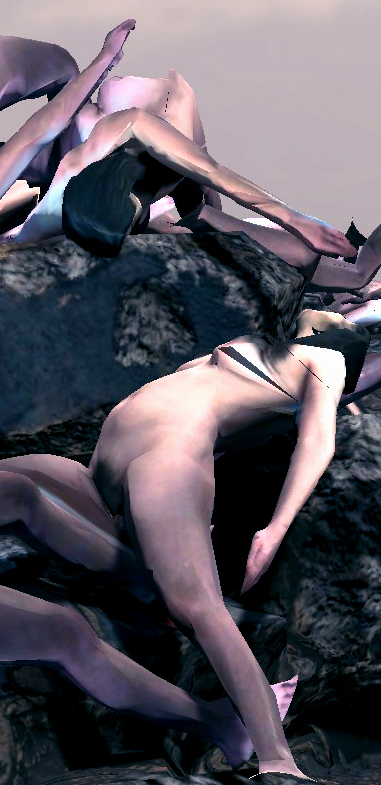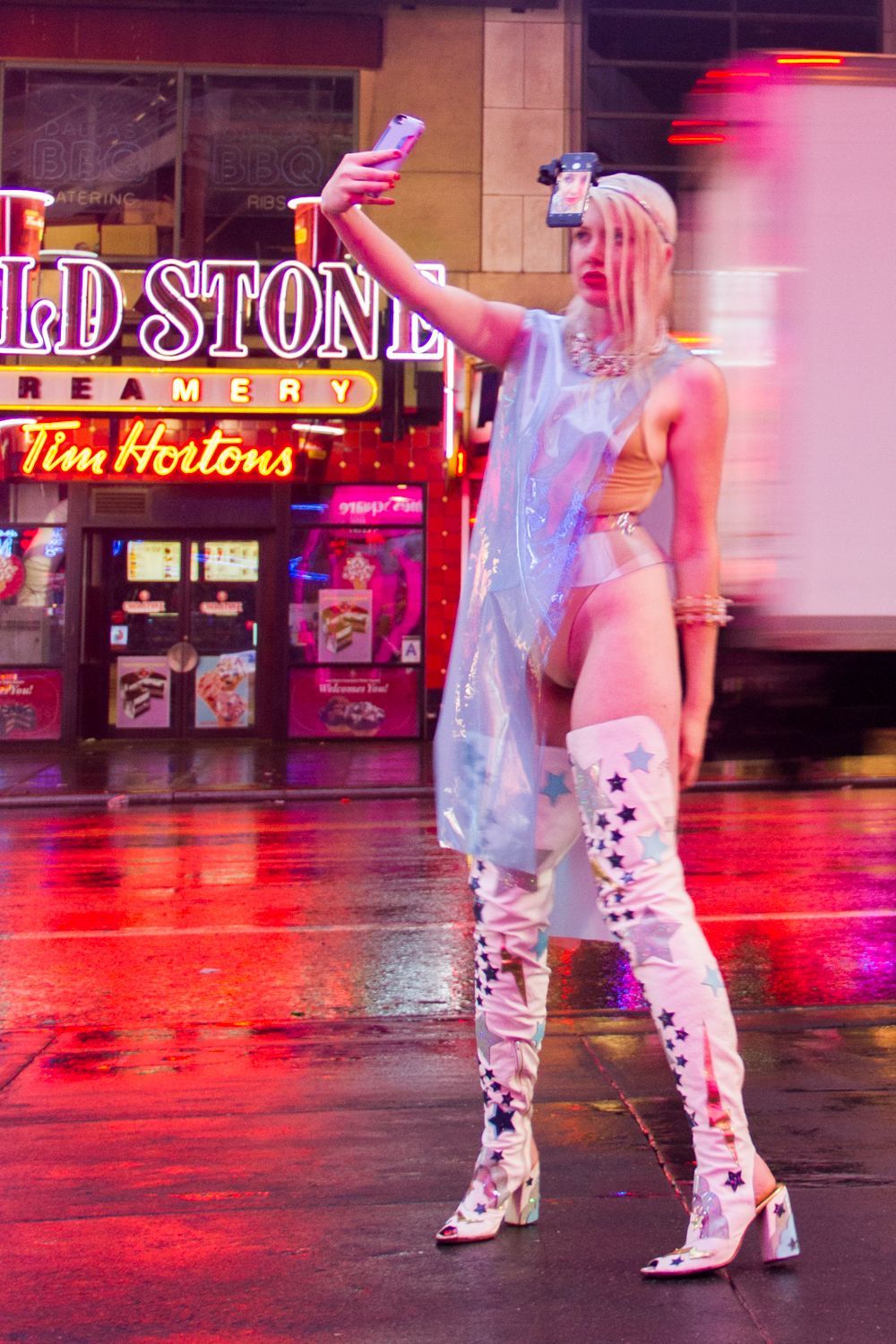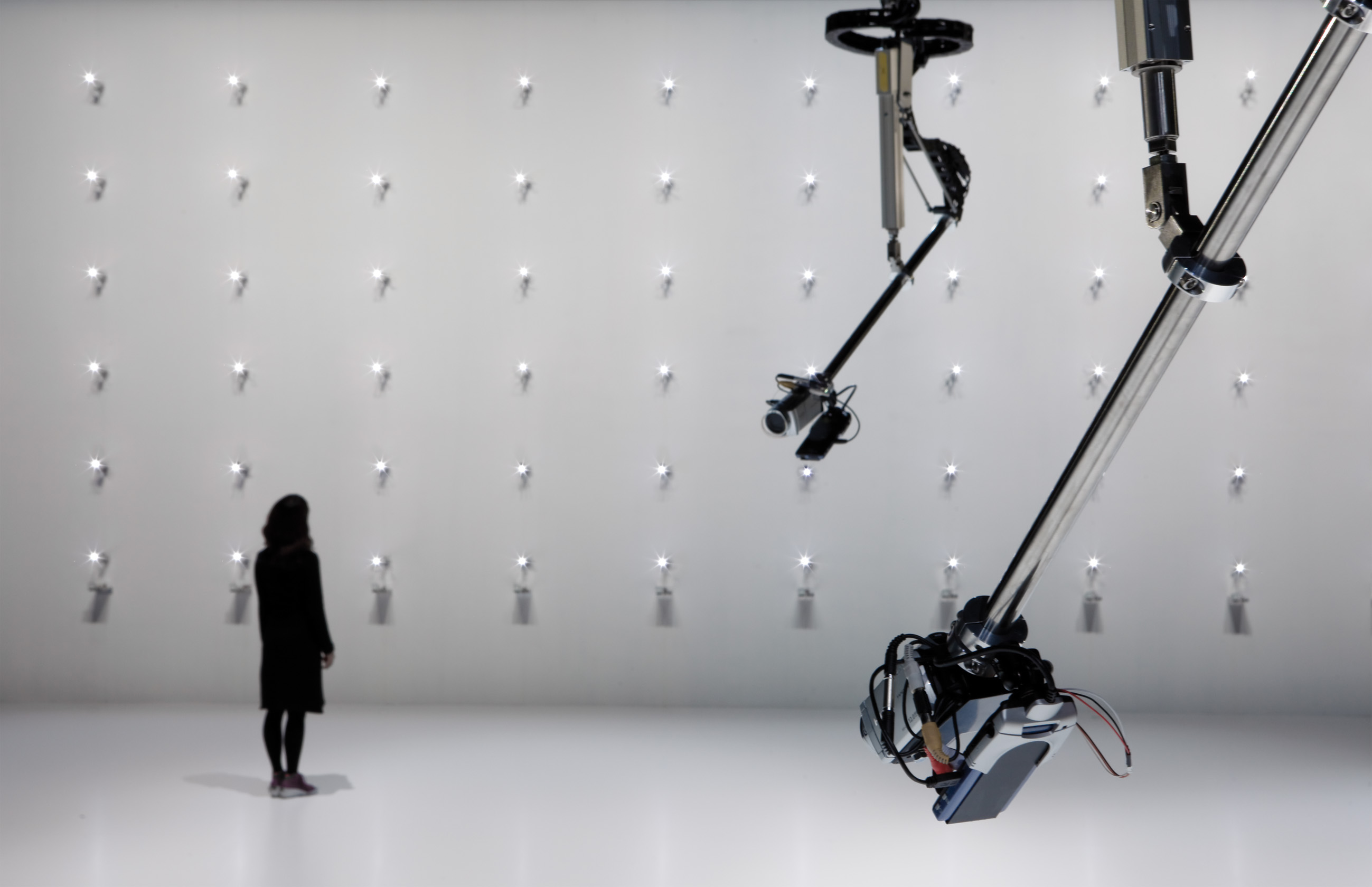The Right to Flight
A Londres, l’installation aérienne «The Right to Flight» de l’artiste britannique James Bridle explore la notion de surveillance depuis les airs et revient sur les utopies dévoyées des premiers aérostats.
Dans le ciel limpide de Londres flotte depuis le mois de juin un étrange ballon noir. Localisé dans le quartier populaire de Peckham, dans le sud de la ville, il est arrimé au niveau supérieur d’un parking désaffecté, vaisseau brutaliste dont les deux derniers étages hébergent depuis huit ans Bold Tendencies, un projet artistique estival, ainsi qu’un bar de plein air très couru avec une vue stupéfiante sur la skyline londonienne.Connu pour ses projets sur les drones ou son blog de recherche The New Aesthetic, James Bridle, né en 1980, a aussi posé sur le toit du parking une station de recherche expérimentale explorant l’histoire des aérostats, via des ateliers, des conférences et projections. Constituée de trois modules circulaires, fabriqués à partir de silos de grains lestés par des sacs de sable, l’architecture évoque tout à la fois les hangars des compagnies aériennes et la maison en kit Dymaxion de Buckminster Füller

